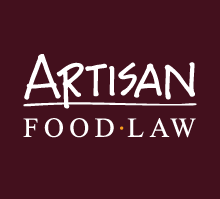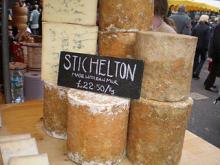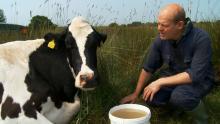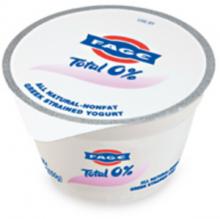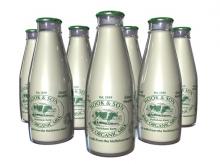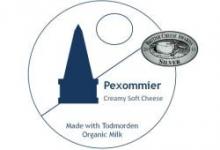There remain only a few days in which you can show your support for the return of traditional raw milk Stilton cheese. 'Stilton' is an EU protected food name and Defra is currently considering two applications to amend the product specification pursuant to Regulation (EU) 1151/2012 on quality schemes for agricultural products and foodstuffs.
Cheese, Milk and Dairy
Food law and the regulatory framework for artisan and small scale dairy production, raw or unpasteurised drinking milk, cream, cheese, butter and eggs.
In January earlier this year the Food Standards Agency (FSA) announcedthat it was to prosecute Steve Hook, the pioneering Dairy Farmer of the Year 2012 finalist, of Hook and Son and Selfridges for selling raw milk by means of a vending machine. The news came as no great surprise since Hook and Son’s regular newsletter on 15 January foreshadowed the FSA’s announcement in a brief Stop Press statement:
On 26 March 2013 the High Court handed down judgement in FAGE UK Limited v Chobani UK Limited which proved to be a classic passing-off case, only this time the subject was yoghurt.
Passing-off is an old common law remedy concerned with the protection of reputation and goodwill from misrepresentations made in the course of trade which cause damage.
Last Wednesday, 11 July 2012, at very short notice, around 3,000 dairy farmers descended on Westminster. The memory will, I am sure, stay with thousands for years to come. Sadly this was not a cause for celebration, it marked a low point for increasingly desperate farmers struggling to get a fair price for a pint of milk, a shopping basket basic we all take for granted. The campaign surrounding the Westminster Milk Summit went well and, from late morning on the day, #sosdairy took the top trending slot on Twitter and held it consistently for the rest of the day.
Watching the Board of the Food Standards Agency (FSA) discuss the Microbiological Safety of Raw Drinking Milk (as agenda item 4.2 was titled) and the proposed review of controls at its meeting last month was really rather depressing and the outcome entirely predictable.
On the morning of my visit to Pextenement Farm I came, by chance, upon an article in the US Farmers Weekly headed ‘Cheese producers urged to focus on breed for carbon reduction’. Not all cows, it seems, are the same. The lighter weight Jersey versus the Holstein uses significantly less land and water resulting in a 10% reduction in carbon emissions when the milk is used in cheese. The reasons are several but fat content is a big factor, Jersey milk has 4.8% fat as against the Holstein’s 3.8% which means more milk solids for cheese. I was curious how Pextenement would fare here.
